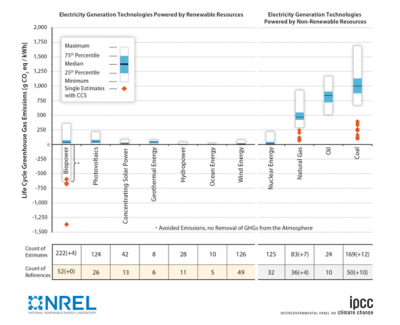Green Illusions distorts impact of solar on environment
 A press release circulated on Monday about a new book Green Illusions by Ozzie Zehner. The release was headlined: “Solar Cells Linked to Greenhouse Gases Over 23,000 Times Worse than Carbon Dioxide According to New Book, Green Illusions”. With the nature of the attack on solar it might be surprising that book is actually a pro-environment book that challenges readers to shift their perspective on energy use. But the claims that solar produces greenhouse gasses that are so harmful is alarmist at best and misleading, considering that other energy sources produces these chemicals and in greater quantities.
A press release circulated on Monday about a new book Green Illusions by Ozzie Zehner. The release was headlined: “Solar Cells Linked to Greenhouse Gases Over 23,000 Times Worse than Carbon Dioxide According to New Book, Green Illusions”. With the nature of the attack on solar it might be surprising that book is actually a pro-environment book that challenges readers to shift their perspective on energy use. But the claims that solar produces greenhouse gasses that are so harmful is alarmist at best and misleading, considering that other energy sources produces these chemicals and in greater quantities.
The release contends that the solar is one of the leading emitters of hexafluoroethane (C2F6), nitrogen trifluoride (NF3), and sulfur hexafluoride (SF6). The book refines that a little by mentioning that these materials are used in the manufacturing process. But since they’re not spewing into the air from a smokestack there are more opportunities to mitigate their emission. Unfortunately that doesn’t always happen. The book cites an instance in China where a polysilicon manufacturer dumped tons of silicon tetrachloride behind a school. But all of this is operating within an island.
Catching wind of the release the National Renewable Energy Laboratory responded to a CEA request. The lab recently conducted a comparative life-cycle analysis of greenhouse gas emissions for energy sources, including solar, coal, and natural gas. “NREL’s meta-analysis of studies, which evaluated life cycle (cradle-to-grave) greenhouse-gas emissions for various generating technologies, found this year that the median amount of greenhouse gases emitted were 45 grams per kilowatt hour for solar photovoltaics, about 500 grams per kilowatt hour for natural gas and 1,001 grams per kilowatt hour for coal,” NREL said in response.
At its site Life Cycle Assessment Harmonization Results and Findings, NREL said it identified 2,100 published references and subjected them to three rounds of critical review from experts before considering them. Ultimately it found that 14 percent of them were worthy sources for greenhouse gas emissions data. Including some of the exotic greenhouse gasses mentioned in Green Illusions. “The range for PV was from about 10 to about 200 grams per kilowatt hour,” said NREL scientist Garvin Heath, principal author of the analysis. Even that highest estimate for PV was about 40 percent that of the average for natural gas, and 20 percent of the average for coal, based on the meta-analysis of 46 estimates from 17 studies, NREL said.
An NREL analyst, Austin Brown, honed in on the SF6 emissions, observing that 86 percent such emissions stem from its use as an electrical insulator for electrical transmission. Only 7 percent is from manufacturing semiconductors and only a subset of that is for solar cells. “Brown also noted that while SF6 is a potent greenhouse gas on a per-molecule basis, it still is a very small part of the greenhouse gas problem—about 2/10ths of 1 percent in the last inventory,” NREL said. “While exotic gases are important to take into account in any energy strategy, CO2 is clearly the top priority.”
While solar is not the end-all to all our energy woes, it certainly doesn’t deserve to be demonized as it was in the release or the book. The book ultimately seems to argue for energy taxes, efficiency and other conservations efforts to curb the appetite for energy. But one has to wonder if throwing solar under the wheels so ingloriously is any way to help achieve the greater goals of reducing climate change and greenhouse gas emissions.



